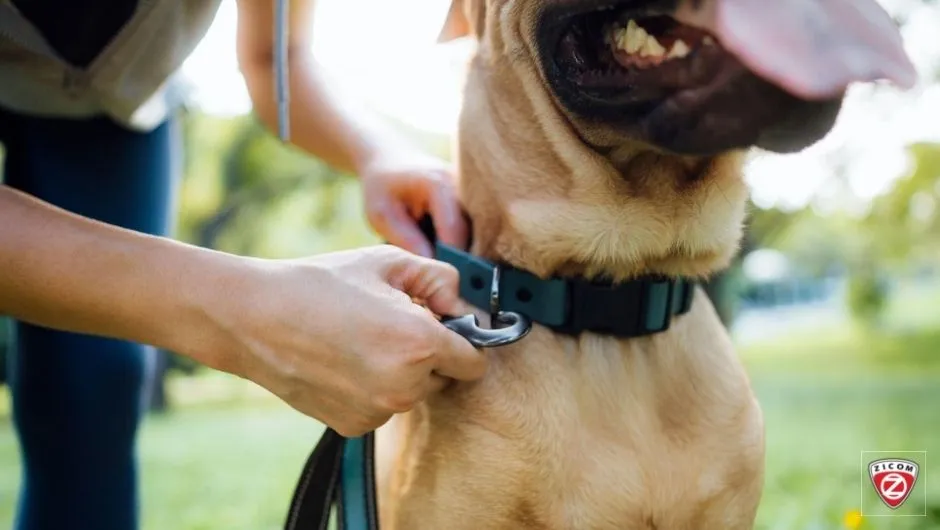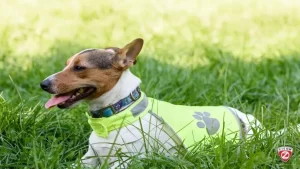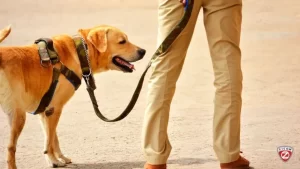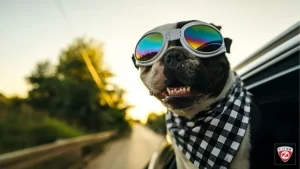Introduction A safe home environment is crucial for the well-being of your pets. Whether you have a curious kitten, a playful pup, or any other beloved pet, ensuring their safety within your home is a top priority. Pets are like family members, and just as you would childproof your home, it’s equally important to pet-proof it. This blog provides practical tips and tricks for pet-proofing your home, ensuring it is a safe haven for your furry friends.
Identifying Common Household Hazards Pets are naturally curious and can get into all sorts of trouble if hazards are not properly managed. Household items such as cleaning supplies, electrical cords, and small objects can pose serious risks to pets. Cleaning products, if ingested, can cause severe health issues. Electrical cords can be chewed on, leading to electrical shocks. Small objects can be swallowed, causing choking or internal blockages. Identifying and addressing these hazards is the first step in creating a safe home environment.
Safe Storage Solutions Keeping harmful substances and small objects out of reach is essential for pet safety. Use secure storage solutions for chemicals, medications, and foods that could be harmful to pets. High cabinets with childproof locks or dedicated storage containers with secure lids can prevent pets from accessing dangerous items. For example, storing cleaning supplies in a locked cabinet and keeping medications in a high drawer ensures that your pets remain safe from potential poisons.
Pet-Friendly Home Design Designing a pet-friendly home involves creating spaces where pets can play, rest, and explore safely. This includes providing comfortable bedding, safe toys, and designated areas for feeding and litter. Ensure that your pet’s bedding is in a quiet, draft-free area. Safe toys should be durable and free from small parts that could be swallowed. Designated feeding areas help establish routines and keep the rest of your home clean and organized. Additionally, securing heavy furniture and using pet gates to block off restricted areas can prevent accidents and injuries.
Outdoor Safety Considerations For pets that spend time outdoors, ensuring a secure yard with proper fencing and safe, non-toxic plants is vital. Regularly check for potential hazards such as sharp objects or toxic substances. Fencing should be high and secure enough to prevent escapes, with no gaps that your pet could squeeze through. Plants such as lilies, azaleas, and sago palms are toxic to many pets, so it’s crucial to research and remove any harmful flora from your yard. Providing shaded areas and fresh water will keep your pets safe and comfortable when they are outside.
Conclusion In conclusion, creating a safe home environment for pets involves identifying potential hazards, implementing safe storage solutions, and designing pet-friendly spaces. These steps help ensure the safety and well-being of your beloved companions. A little effort in pet-proofing your home goes a long way in preventing accidents and ensuring that your pets live in a secure and happy environment. By taking these precautions, you can provide a loving and safe home where your pets can thrive.








 WP Digitals
WP Digitals